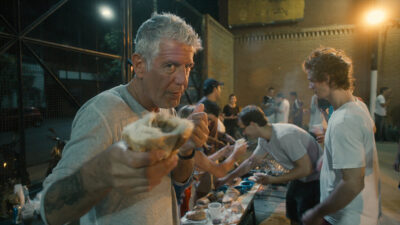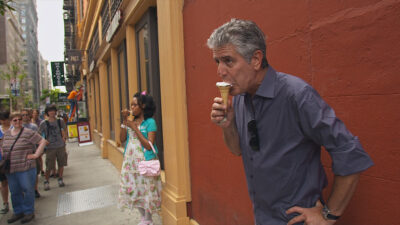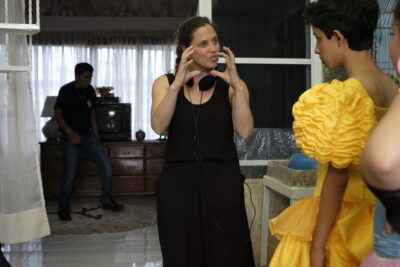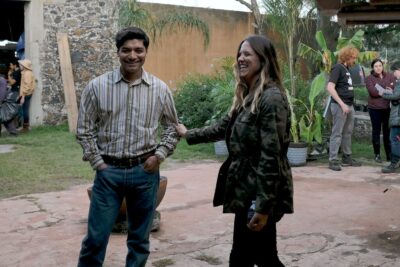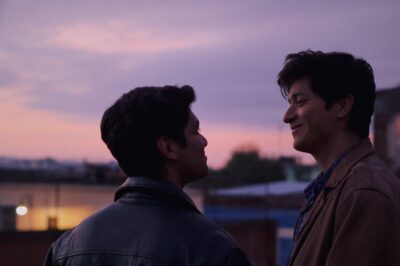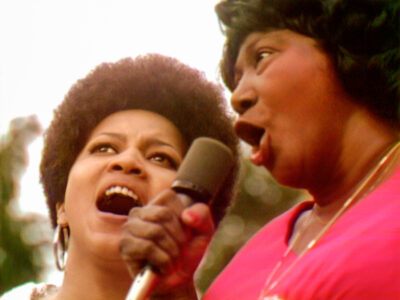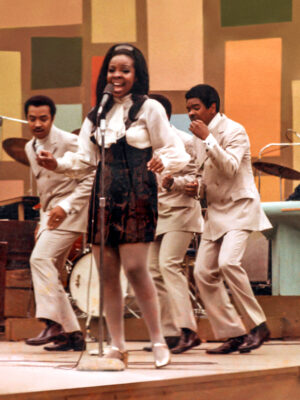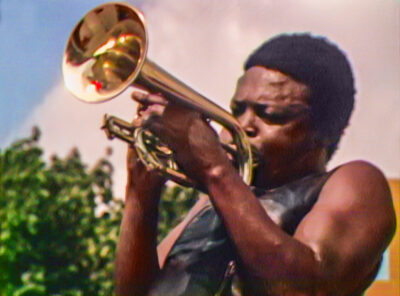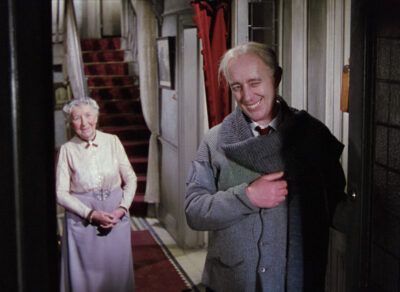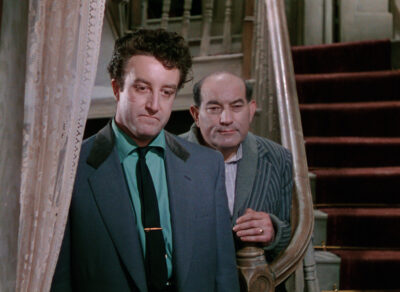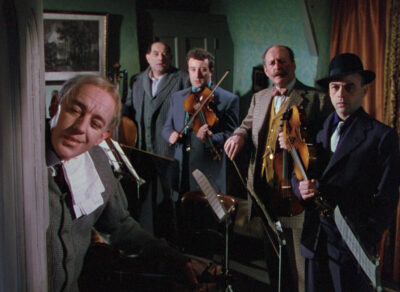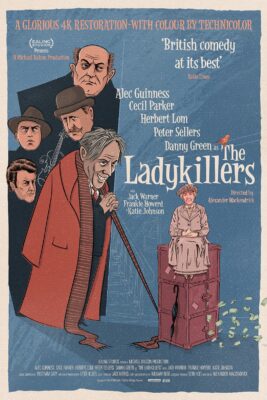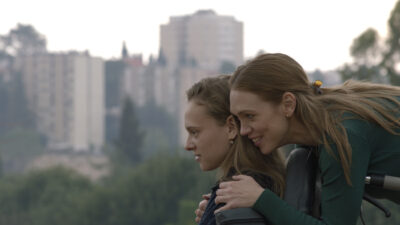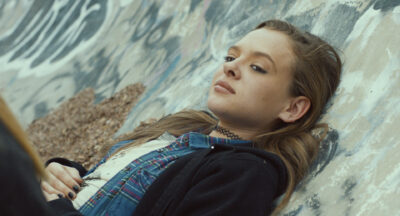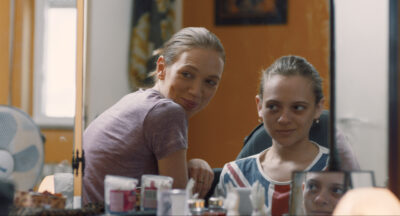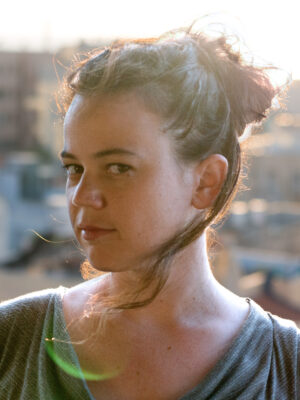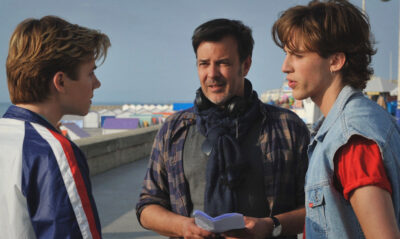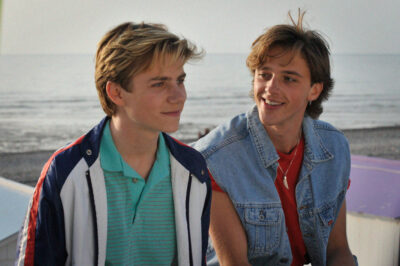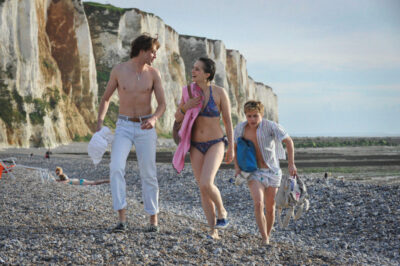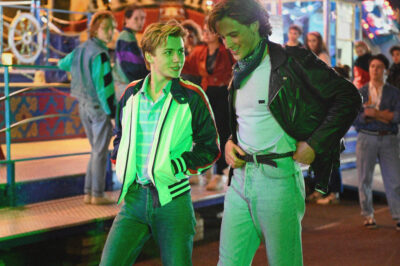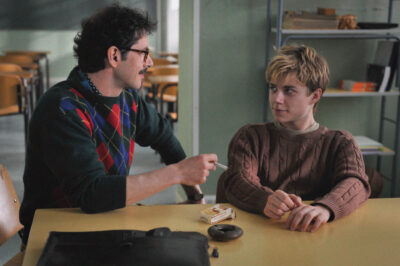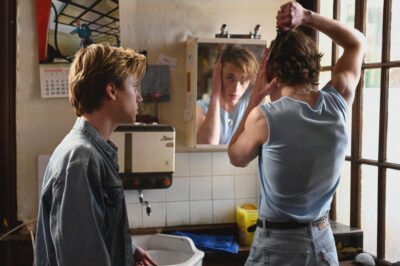To celebrate the 2021 Olympics, Laemmle Theatres and the Anniversary Classics Series present one of the best-loved sports movies of all time: the 1981 Oscar-winning drama, ‘Chariots of Fire.’ The picture retrieved a largely forgotten chapter of Olympic lore, the British triumphs at the 1924 games in Paris. In a neat parallel to the story told on screen, the film’s victory at the Academy Awards ceremony has to be considered one of the most surprising but gratifying upsets in Oscar history. We’ll screen the film July 20 at the Newhall, Playhouse and Royal at 7 PM.
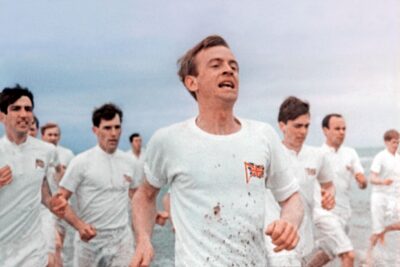
The year 1981 was one of the most competitive years in recent memory. The other films nominated for Best Picture were Warren Beatty’s ‘Reds’ (with a total of 12 nominations), ‘On Golden Pond’ (10 nominations), ‘Raiders of the Lost Ark’ (eight nominations), and Louis Malle’s ‘Atlantic City.’ ‘Chariots of Fire‘ came into the ceremony with a total of seven nominations, and unlike the other contenders, it had no major stars in the cast. Yet audience and industry love for the movie pushed it over the finish line. In addition to winning Best Picture, it also won Best Original Screenplay for Colin Welland, Best Costume Design, and Best Musical Score by Vangelis. The film also earned nominations for Hugh Hudson as Best Director, Ian Holm for Best Supporting Actor for his delightful portrayal of the track coach who guided the winning runners, and Best Film Editing.
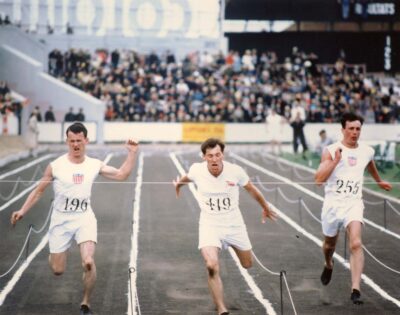
The two leading roles in the film are portrayed by Ian Charleson as Eric Liddell and Ben Cross as Harold Abrahams. Both of them confronted daunting obstacles in their preparation for the 1924 Olympics. Liddell, the son of Scottish missionaries, came from a strict Christian upbringing, and he created complications for the British team when he refused to race on Sunday. Abrahams was Jewish and faced discrimination as a student at Cambridge and as an Olympic competitor. The excellent supporting cast includes Oscar winner John Gielgud and acclaimed director Lindsay Anderson as two stuffy, bigoted Cambridge dons, Alice Krige, Nigel Havers, Cheryl Campbell, and young American actors Dennis Christopher (‘Breaking Away’) and Brad Davis (‘Midnight Express’).
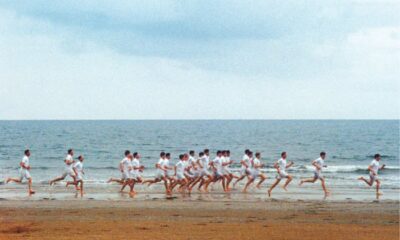
Producer David Puttnam (‘Midnight Express,’ ‘The Killing Fields,’ ‘Local Hero’) had conceived the film as a drama about faith and principle, in the tradition of such earlier award winners as ‘A Man for All Seasons.’ He assembled a first-rate team, including award-winning cinematographer David Watkin (‘Out of Africa,’ ‘Moonstruck,’ ‘Yentl’) and first-time feature director Hudson. Perhaps Puttnam’s boldest move was to hire Greek-born electronic composer Vangelis to provide an innovative musical score. Vangelis said that he was inspired by the fact that his father was a runner, and the score was intended as a kind of family tribute. His music has proved especially durable, serving as the theme for the 2012 Olympics held in London 30 years after the film’s release.
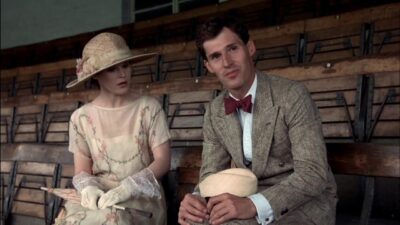
Reviews were largely celebratory. Kathleen Carroll of the New York Daily News praised “a movie that, with the help of Vangelis’s wonderfully stirring score, lifts the spirits to a new high.” Time magazine’s Richard Schickel added, “Like every element in this picture, the actors look right; they seem to emerge from the past, instead of being pasted on to it.” Roger Ebert declared, “’Chariots of Fire’ is one of the best films of recent years.” Later evaluations echoed the praise. Writing in 2012, Kate Muir of the UK Times said “From the opening scene of pale young men racing barefoot along the beach, full of hope and elation, backed by Vangelis’s now famous anthem, the film is utterly compelling.”

